Before any risk is ever taken, test pilots, race drivers, mountain climbers, and sky divers make meticulous preparation for their personal safety. Electrical inspectors also face risks every day just doing their jobs.
For example, have you ever received a shock while inspecting? Or accidentally faulted a circuit between phases or to ground? Or tripped over something on the floor in a construction site because your attention was focused elsewhere? Most inspectors who have been in the business for any length of time can answer yes to all these questions, and probably add other stories of risks they have faced while inspecting.
Therefore we need to remind ourselves to cover the risks by using acceptable safe practices, without fail, every day.
Risk from jobsite hazards
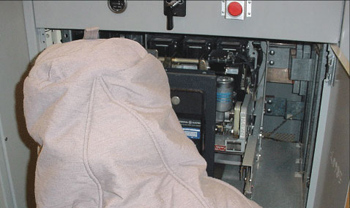
Photo 1. Wear appropriate personal protective equipment when exposed to hazards of arc-blast and arc-flash.
Inspectors are usually at a disadvantage when going to a jobsite for inspections. Their time on the jobsite is limited, and they are not that familiar with the physical layout and potential hazards. For instance, all the workers on the site know that the forklift driver is a maniac, but the unsuspecting inspector may find out the hard way! Many times while moving through the site, the inspector is concentrating on looking at the job and not paying attention to where he or she is stepping. This leaves the inspector open to tripping and to fall injuries that other workers would know to avoid.
Another common problem inspectors often encounter is that when they arrive for a final inspection, all the equipment is closed and energized. There are basically two options: either, 1) open the equipment for inspection while “hot,” or 2) de-energize the equipment.
In many cases, turning the power to the equipment off is not a popular option, since the equipment may already be in operation, and “you just can’t shut us down!” To cut the power to a floor of personal computers in an office for your inspection does not score points for the inspector or the employer.
Usually after a few calls to the mayor, it is made fairly clear to the inspector that de-energizing the equipment for inspections at one of the businesses in town is not a very wise career move! This is not to say the inspector should not de-energize equipment before inspection, but just that outside pressures may encourage the inspector to risk injury by exposure to live equipment.
Risk of not being a qualified person
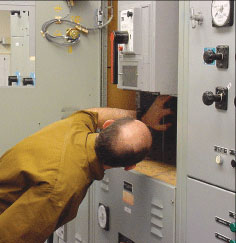
Photo 2. The electrical inspectors’ workplace
You have to know what you are doing when you take risks. If you work for an inspection agency, your employer probably has the legal obligation to ensure you are a qualified person as described in Article 100 of the NEC, and that you not only know the operation of the equipment but also have received training on the safety hazards involved. In the case of an electrical inspector, this training probably cannot be on specific equipment since an inspector sees so many different types, but he should at least be aware of the basic requirements for personal protective equipment (PPE) when on the job. Some larger facilities require the inspector to go through an approved safety class given by the facility before even going into the buildings to inspect.
Whether you work for an inspection agency or are a contract inspector for a jurisdiction, nonetheless you are the ultimate responsible party to ensure your own safety on the job.
Risk of improper personal protective equipment
The electrical inspector may be well equipped as far as National Electrical Code information goes, but how many have the proper personal protective equipment (PPE) available to them, and how many actually use that equipment?
This equipment goes beyond the usual hard hat, safety glasses and maybe even hard-toed shoes the average inspector wears. Back in the “dark ages,” the inspector showed up on the job with a sport coat, tie and street shoes. While everyone was impressed at the time with the sartorial splendor of the inspector (and maybe that’s one of the subconscious reasons we became inspectors—we would get to dress well), the inspector was really not equipped to be touring a jobsite with any measure of personal safety.
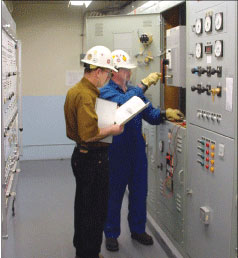
Photo 3. If this equipment is energized, what’s wrong in this picture?
One good source of information on workplace safety is NFPA 70E Standard for Electrical Safety in the Workplace. This document has a section which gives guidelines on safety-related work practices, and, even if your local government does not adopt NFPA 70E, it has excellent recommendations to help ensure your own workplace safety.
Another source of information is OSHA, who may have additional requirements, possibly on a state level. Some states enforce Federal OSHA regulations, and may enact further requirements that even the electrical inspector is required to follow when on a construction site. An example of these additional requirements would be on a construction site or a large campus-type industrial installation, when a worker is around vehicular traffic of any type (such as the maniacal forklift driver mentioned above) no matter what the speed of the traffic, the worker must wear a Type 2 safety vest. This vest is of an approved safety color and has a certain minimum area of reflective material. If the worker (or inspector) deals with electrical installations, this vest must also be of an approved flame-resistant (FR) material that will not easily ignite if it is exposed to a flame or electrical explosion.
Risk from explosions, arc-flash and arc-blast
Electrical explosions, which create arc-flashs and arc-blasts, are now being recognized for the hazards they really are. NEC 110.16 requires a field-installed label on non-residential switchboards, panelboards, industrial control panels and motor control centers indicating to anyone approaching this equipment that they are subject to arc-flash injuries if they try to work on this equipment.
There is information available from several sources on how to determine the possible force that could be expelled from the equipment in case of a fault. The amount of energy depends on the size and type of overcurrent device ahead of the equipment plus the available fault current at the terminals of the equipment. This force is expressed in calories per centimeter squared, and will obviously vary not only on the fault current, but also on how quickly the overcurrent device will open under fault conditions. An overcurrent device that opens in ½ cycle should limit the expelled energy better than a device that takes one or two cycles to open.
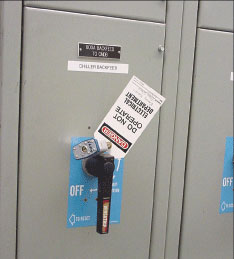
Photo 4. Locked out and tagged out equipment
The possible amount of energy that could be released will determine the level of PPE an inspector should be wearing to approach this equipment. In the past, inspectors have probably been able to inspect live installations with a minimum of protective gear, but as insurance rates continue to increase the facility owners will probably require the inspector to wear the proper level of PPE in order to limit their liability in case of an accident. This PPE could include a face shield, voltage-rated insulating gloves (even on installations under 600 volts), and Nomex® clothing including a hood (fondly known by the wearers as a “moon suit”). Well-dressed inspectors and electricians from the “old days” might be amused to see what inspectors and electricians of today should wear on the job, but there is a much better chance of today’s personnel avoiding life-changing injuries or death from electrocution or arc-flash.
Risk of bodily harm from property owners
One other important aspect of inspector safety is the inspector’s risk going into a house or business and having no way of knowing how he or she will be received by the occupants. Even law-abiding citizens don’t cheer “Hooray! The inspector’s here!” when you show up. There are many other citizens who have real or imagined grudges against the government, and then here comes the inspector representing this “government.” The inspector tells these people that they have to let him in so he can inspect their own personal property that is their “castle.” After the inspection, the inspector tells them what is wrong and that it is going to cost more money to fix all the problems he found. No wonder we often encounter people who threaten bodily harm to the inspector just out doing his or her job!
There was a tragic incident a few years back in St. Paul, Minnesota, on Christmas Eve when a housing inspector called on a problem property owner to again investigate a complaint of a trash-filled yard. When the inspector walked into the backyard to photograph the trash for evidence, the owner came up behind him and killed the inspector with a gunshot to the back of the head. The killer was caught and pled guilty, but that was small comfort to the inspector’s family, friends and co-workers.
Hopefully, this is an isolated incident and will never be repeated, but the inspector needs to be constantly aware that there are unstable people out there who are angry enough to resort to violence against a person just doing his or her job.
Since having a police officer follow them everywhere is impossible, inspectors need to be very aware of their surroundings; and if a person becomes hostile, either attempt to defuse the situation or leave and return another time. If this person has a history of hostility, that information should be available to all inspectors who might have occasion to visit this property.
An inspector should not hesitate to ask the local law enforcement to accompany him to these properties when an inspection is necessary. Local police are usually willing to assist when necessary, but it is up to inspectors to be smart enough to ask for the help, instead of just trying to “tough it out.”
Even though a person does not welcome the inspector with open arms, he is still entitled to the inspection he paid for and to the work being done properly and without hazard.
Winning through planning
Most of the problems dealing with the public can be mitigated with some planning prior to the inspection. If the inspection deals with a low income area, it’s helpful for the inspector to know the financial resources that may be available to the property owner for repairs or corrections.
When inspecting energized equipment with voltages in excess of 250 V to ground, it is again necessary to plan and schedule the inspections before the equipment is energized.
Even if these inspections can cause scheduling problems for a busy department, we have to look beyond that to the big picture, providing a safe workplace for the inspector and the installer. This inspection can be time and cost effective since there is no need to “suit up” in fire-resistant clothing to conduct the inspection. Some will complain that these inspections will only serve to hold up the job, but the installer now has had the benefit of another set of eyes approving that portion of the installation. This can be vital in the event of an electrical accident resulting in legal action.
Summary
National Electrical Safety Month is a good chance to remind the general public of the hazards of electricity. It is also an excellent time for us who are a vital part of electrical safety to remind ourselves that we need to use safe practices daily during the course of our jobs. That way we build a safer future for our families and the public.











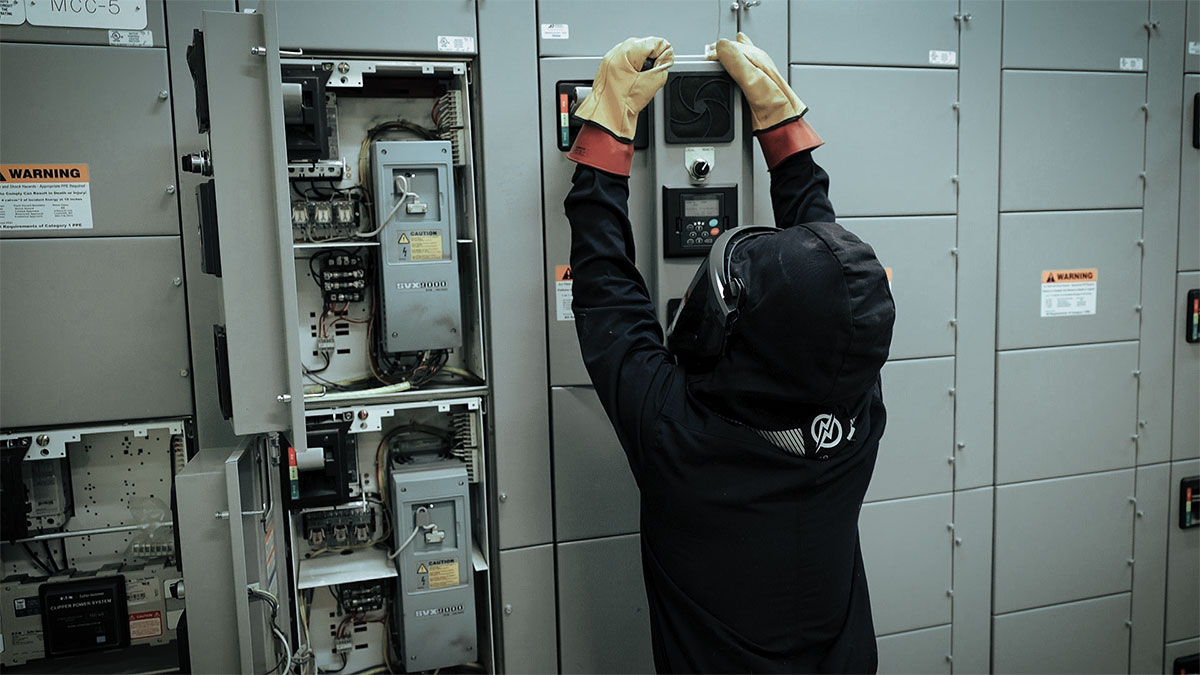


Find Us on Socials